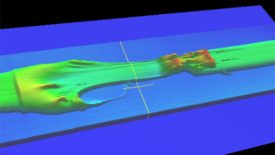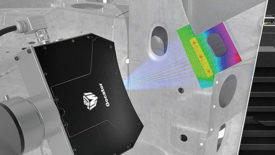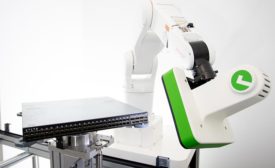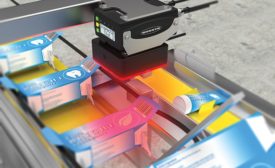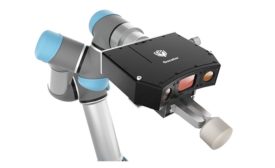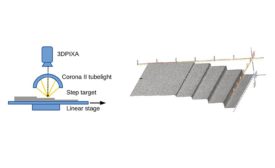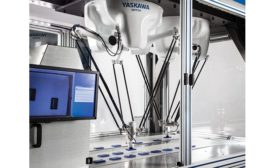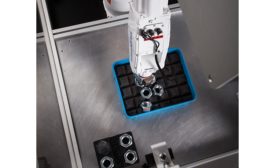Home » Keywords: » 3D vision
Items Tagged with '3D vision'
ARTICLES
Robotics
New advancements in vision-guided robotics are enabling auto industry players to eliminate a lingering friction point in an otherwise highly automated, highly efficient process.
Read More
EV Battery Manufacturing: Steps to Assure Joining Quality and Eliminate Harmful Leaks
The importance of reliability in EV batteries is paramount to the overall vehicle performance.
July 13, 2023
Vision & Sensors | System Integration
The Power Of Embedded GPU-Driven Smart Sensor Acceleration
There are four common reasons manufacturers would need to use a smart vision accelerator to enhance the inspection performance of their sensor.
July 6, 2022
The Hybrid Approach
Combining the best of traditional machine vision and deep learning.
January 12, 2021
Machine Vision Trends for Today’s Industrial Age
Improvements in machine vision include advanced-imaging analysis, robotics, machine learning and 3D vision.
November 26, 2020
3D Stereo Camera Repeatability Measurement
Understand the process to determine measurement repeatability of a stereo 3D camera.
September 1, 2019
Simple Steps to VGR Implementation
Vision technology is constantly being updated, especially where speed and resolution are concerned.
January 1, 2019
The Resurgence of Vision Guided Robotics
Manufacturers that have dismissed the use of robotics in the past are now taking a fresh look due to advancements in machine vision technology.
July 1, 2018
Stay in the know with Quality’s comprehensive coverage of
the manufacturing and metrology industries.
eNewsletter | Website | eMagazine
JOIN TODAY!Copyright ©2025. All Rights Reserved BNP Media.
Design, CMS, Hosting & Web Development :: ePublishing

